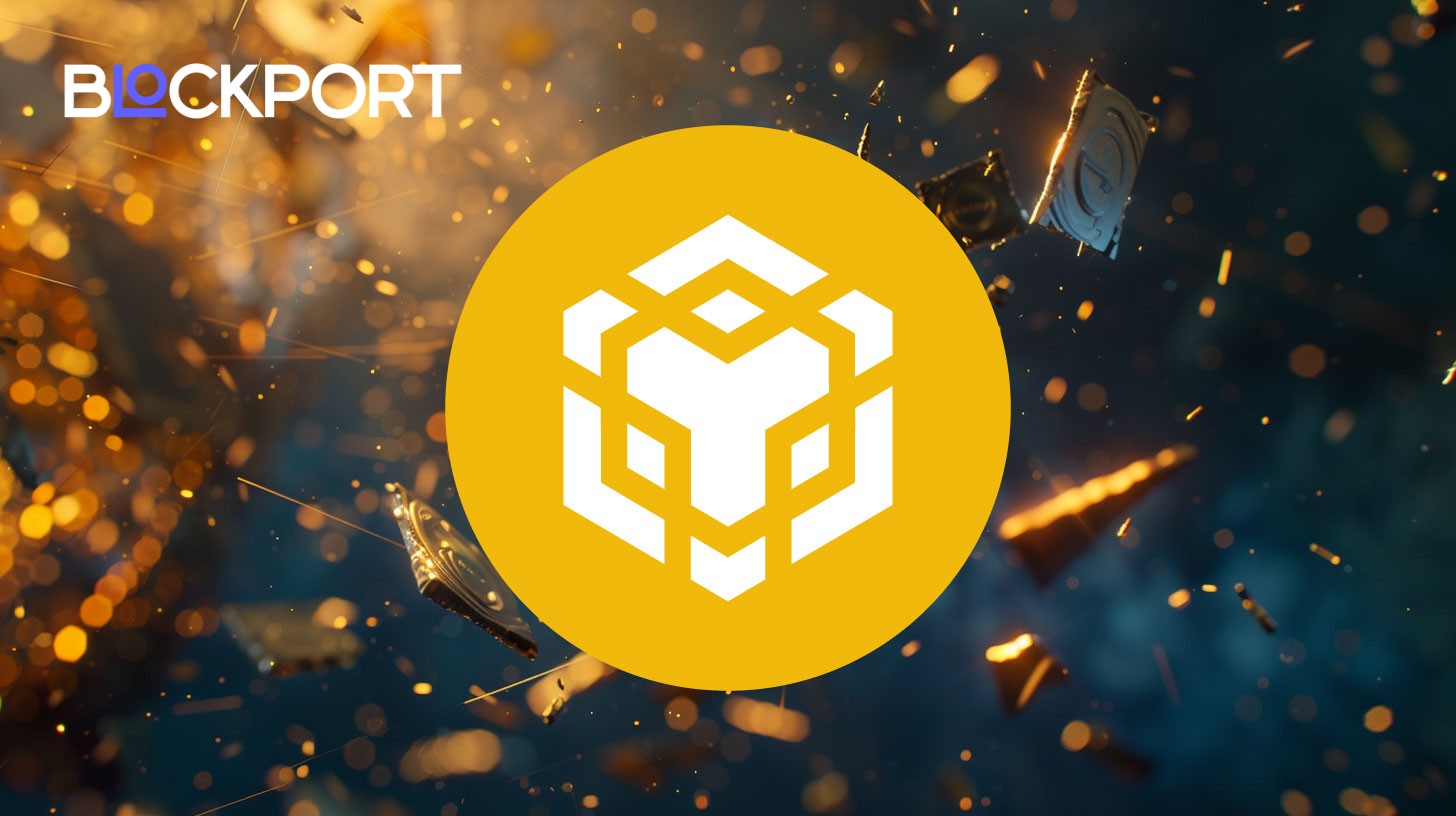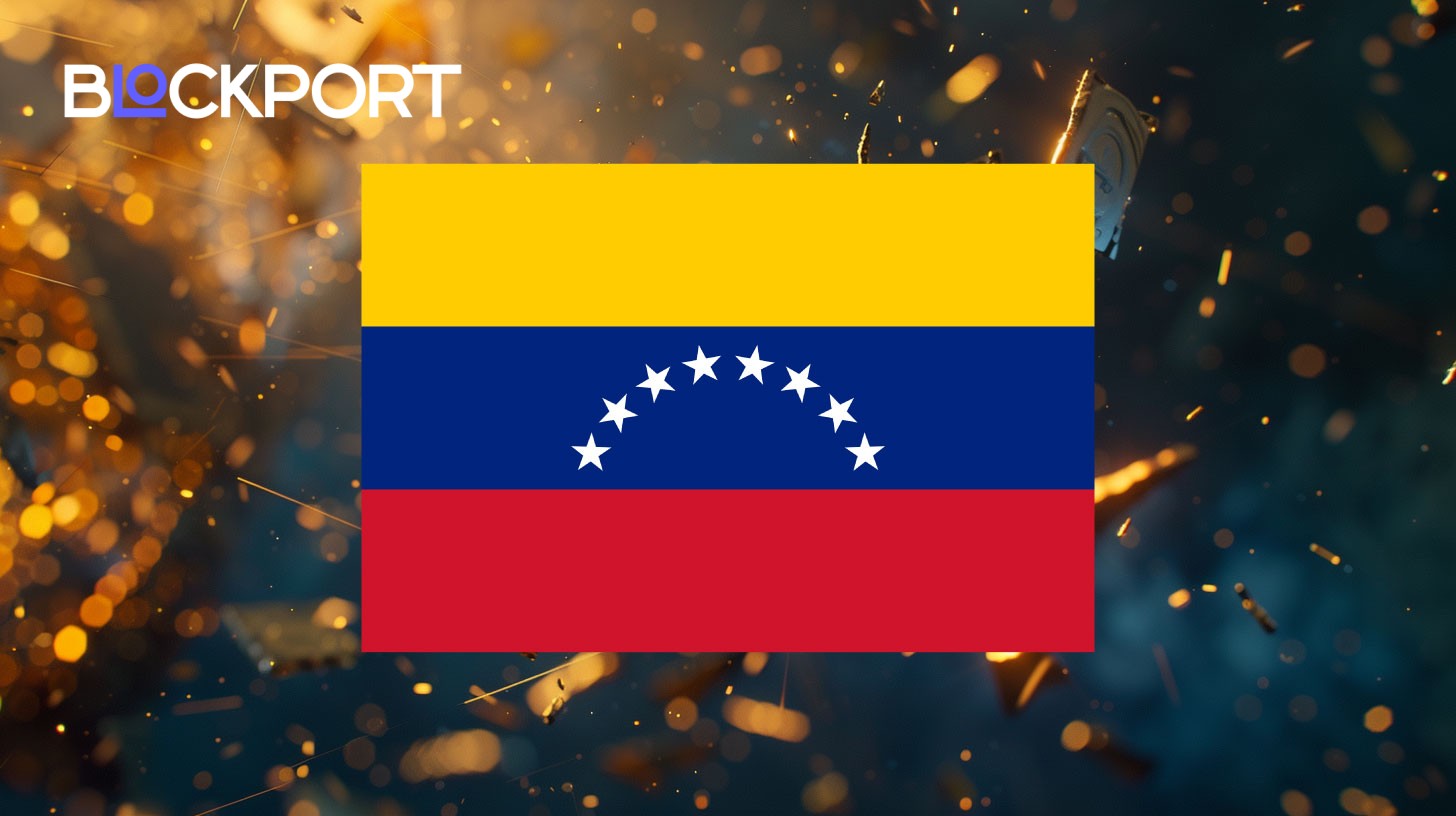ETH to SOL Bridge: How To Connect Blockchain Giants

Ethereum and Solana offer different strengths, but they don’t speak the same language. Learn how to connect them using an ETH to SOL bridge, which platforms to choose, and what to watch out for when transferring tokens.
Ethereum and Solana represent two of blockchain’s most powerful ecosystems, each with distinct advantages. Ethereum hosts the largest DeFi landscape, while Solana delivers lightning-fast transactions and minimal fees. However, transferring assets between these networks requires specialized tools since they’re built on incompatible architectures.
This is where an ETH to SOL bridges becomes essential. These tools allow users to transfer tokens across chains quickly, securely, and without relying on centralized exchanges.
In this article, we explain how these bridges work, which platforms you can trust, and what to consider before making your first cross-chain transfer.
What Is a Crypto Bridge and Why Does It Matter?
A crypto bridge lets users transfer digital assets between blockchains like Ethereum and Solana, which otherwise can’t interact due to different protocols.
These bridges work by locking tokens on the source blockchain and minting equivalent wrapped tokens on the destination chain. This gives users access to new ecosystems, dApps, and seamless value transfer across networks.
As Web3 expands, interoperability is no longer optional. Users expect to move assets freely without centralized exchanges or chain-specific limits. A reliable ETH to SOL bridge delivers that freedom and powers cross-chain DeFi, NFTs, and more.
Bridges transform isolated blockchain networks into an interconnected Web3 ecosystem, enabling seamless multi-chain experiences.
Bridging Ethereum (ETH) Assets to Solana: How-To
Today, platforms like Symbiosis and Phantom make this process much simpler. With just a few clicks, you can connect your wallet, select tokens, and complete a secure transfer using a user-friendly interface. If you’re wondering how to bridge ETH to Solana, this section outlines each step using reliable tools tested by the community.
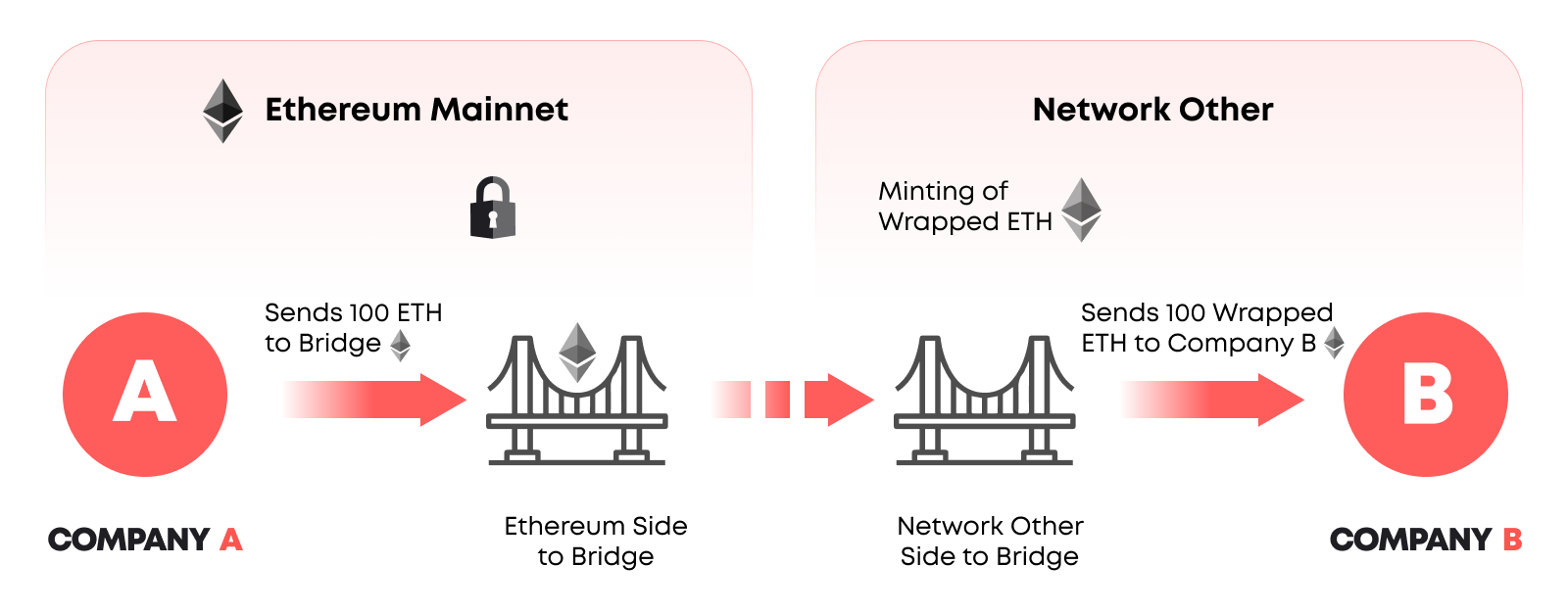
Whether you want to explore Solana-based DeFi or need SOL to cover transaction fees, here is how to do it using a trusted bridge ETH to solana.
Choose a Bridge Platform
⚠️Important: Ensure your wallet supports both Ethereum and Solana networks before proceeding to prevent transaction failures.
There are several ways to bridge ETH to Solana, but not all tools are created equal. Phantom’s Cross-Chain Swapper offers a seamless experience directly inside the wallet, while Symbiosis provides any-to-any swaps through a clean and simple WebApp. You are free to use any trusted solution that fits your needs.
For this guide, we’ll walk through the process using Symbiosis, since it supports Ethereum and Solana natively and doesn’t require switching between multiple apps. Choose a platform based on your experience level, required tokens, and preferred user interface.
Connect Your Wallets
To get started, visit the official Symbiosis interface. Click “Connect Wallet” and select MetaMask, Trust Wallet, or any other EVM-compatible wallet. A confirmation prompt will appear in your wallet; approve the connection to proceed.
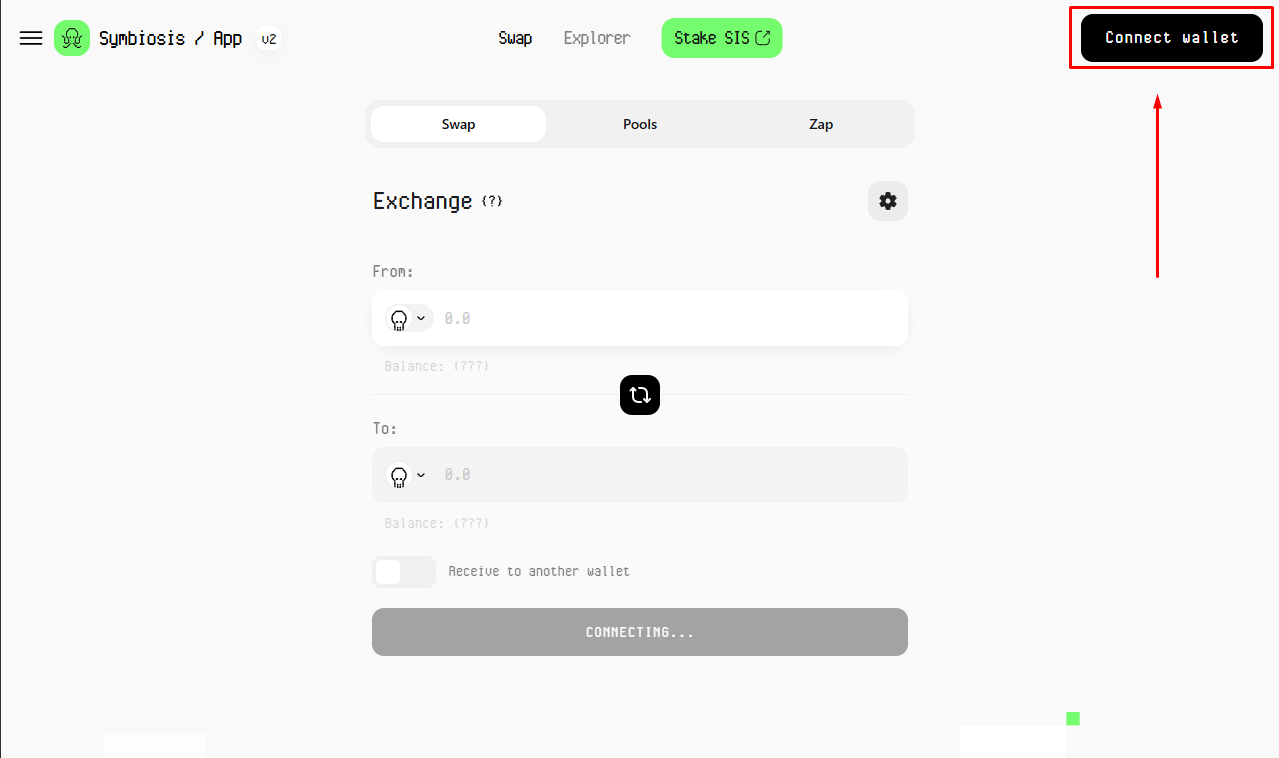
If you are using Phantom, the Cross-Chain Swapper is built directly into the wallet. Open the app and go to the Cross-Chain section from the main menu.
Select Chains and Tokens
On the platform, choose Ethereum as the source network and Solana as the target. Then select the token you want to transfer. In our case, it is USDC.
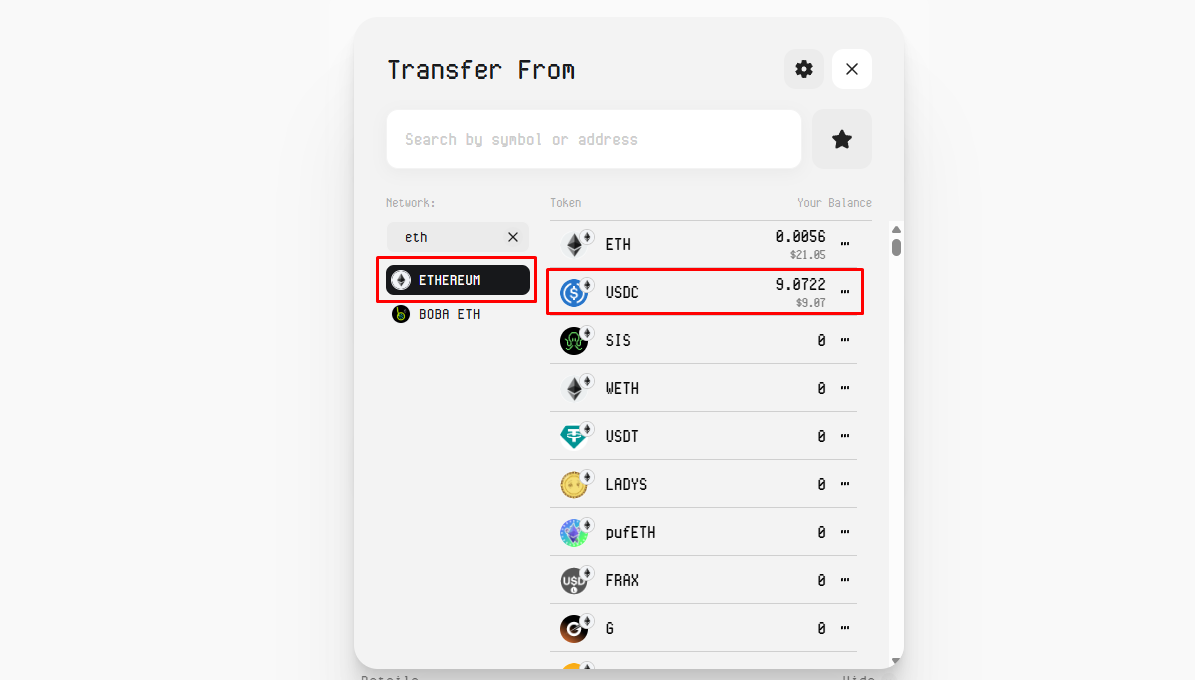
Enter the amount you want to send and review the estimated fees and the expected amount to receive before proceeding. You also need to specify the Solana wallet where you want to receive the tokens.
Approve and Confirm the Transaction
Before sending, carefully review the transaction details. This includes the recipient address, the amount to bridge, the bridge fee, and any additional network fees.
When using a platform like Symbiosis, your wallet will first prompt you to approve the smart contract to access your tokens. This step does not send the tokens yet. It simply gives the bridge permission to interact with your ETH. Without this approval, the transfer cannot proceed.
After approving, you will need to confirm the actual transaction. This is when your ETH is locked or swapped on Ethereum and the equivalent amount is prepared for release on Solana.
Once confirmed, the bridge takes over and handles the process of converting and transferring the assets to your Solana wallet. This usually takes a few minutes, depending on network load.
Wait for Completion and Verify the Transfer
Cross-chain swaps can take anywhere from a few seconds to several minutes, depending on network conditions. Once the transaction is processed, check your Solana wallet to confirm that the tokens have arrived.
At this point, you have completed a secure and efficient transfer using a bridge ETH to Solana solution. The entire process happened on-chain, without relying on a centralized exchange.
Leading Crypto Bridges You Should Know About
When choosing an ETH to Solana bridge, reliability, speed, and ease of use are essential. Below are some of the most trusted and widely used bridges for transferring assets from Ethereum to Solana.
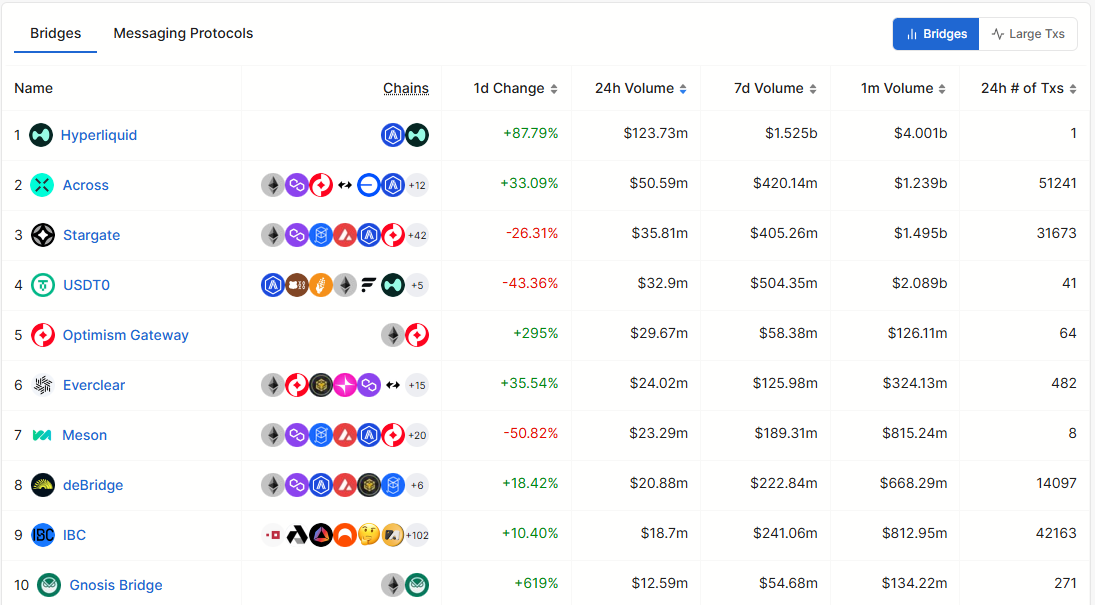
Portal by Wormhole. One of the most established bridges supporting 20+ networks. Known for high liquidity and institutional-grade security. Best for users prioritizing proven reliability and ecosystem depth.
deBridge. Advanced DeFi-focused bridge offering cross-chain swaps and lending integrations. Features live pricing optimization and complex routing options. Ideal for experienced users seeking sophisticated trading tools.
Allbridge. User-friendly bridge emphasizing simplicity and broad chain compatibility. Supports both EVM and non-EVM networks with streamlined stablecoin transfers. Perfect for beginners seeking straightforward bridging.
Symbiosis. One-click any-to-any token swapping across multiple chains. Minimal interface with intelligent multichain routing. Optimal for users wanting the smoothest bridging experience.
Phantom Cross-Chain Swapper. Integrated directly into the Phantom wallet for seamless Solana ecosystem use. No external platforms or complex interfaces required. Best for existing Solana users.
Key Things to Know Before Moving ETH to Solana
Before using any SOL bridge, it is important to understand the risks and requirements involved. Cross-chain bridges face security risks including smart contract vulnerabilities and potential exploits. Always research audit reports and choose platforms with proven track records.
Bridge transfers involve multiple fee layers: Ethereum gas fees (which spike during congestion), bridge protocol fees (typically 0.1-0.5%), and Solana transaction costs (usually under $0.01). Timing your transaction can help reduce expenses.
Some bridges implement KYC requirements or geographic restrictions. Most decentralized bridges operate without verification, while centralized solutions may require identity confirmation. Always read the fine print before starting a bridge ETH to SOL transfer to avoid surprises and ensure your assets stay safe.
Content on BlockPort is provided for informational purposes only and does not constitute financial guidance.
We strive to ensure the accuracy and relevance of the information we share, but we do not guarantee that all content is complete, error-free, or up to date. BlockPort disclaims any liability for losses, mistakes, or actions taken based on the material found on this site.
Always conduct your own research before making financial decisions and consider consulting with a licensed advisor.
For further details, please review our Terms of Use, Privacy Policy, and Disclaimer.



